9 Things to Know About Berlin Wall
Posted on Jun 1, 2022 by Questo Team
The Berlin Wall holds a significant value in German history. It separated West and East Berlin for 28 years and symbolized control, division, and authority. The Wall was constructed in 1961 to cut off West and East Berlin. However, it was brought down in 1989. Today’s article will discuss ten interesting things about Berlin Wall.
-
Constructed After World War II
Several conferences were held after World War II. However, the most important peace conferences were held at Potsdam and Yalta. The Berlin wall was constructed after the settlement made in these two conferences.
Authorities who participated in the conferences agreed to divide Germany into four regions. Former USSR, France, the United Kingdom, and the United States occupied these four regions. Although Berlin was under the control of the USSR, it was also divided.
Before 1961, people would pass from West Germany to East Germany. Research shows that more than 3.5 million people fled from the Eastern side to West Germany, meaning 1,000 people would cross over in a single day.
Nikita Khrushchev ordered the erection of the Wall to prevent people from crossing over the Wall. The purpose was also to stop the eviction of workers. The Berlin Wall has a dark history during the cold war between the United States and the former USSR.
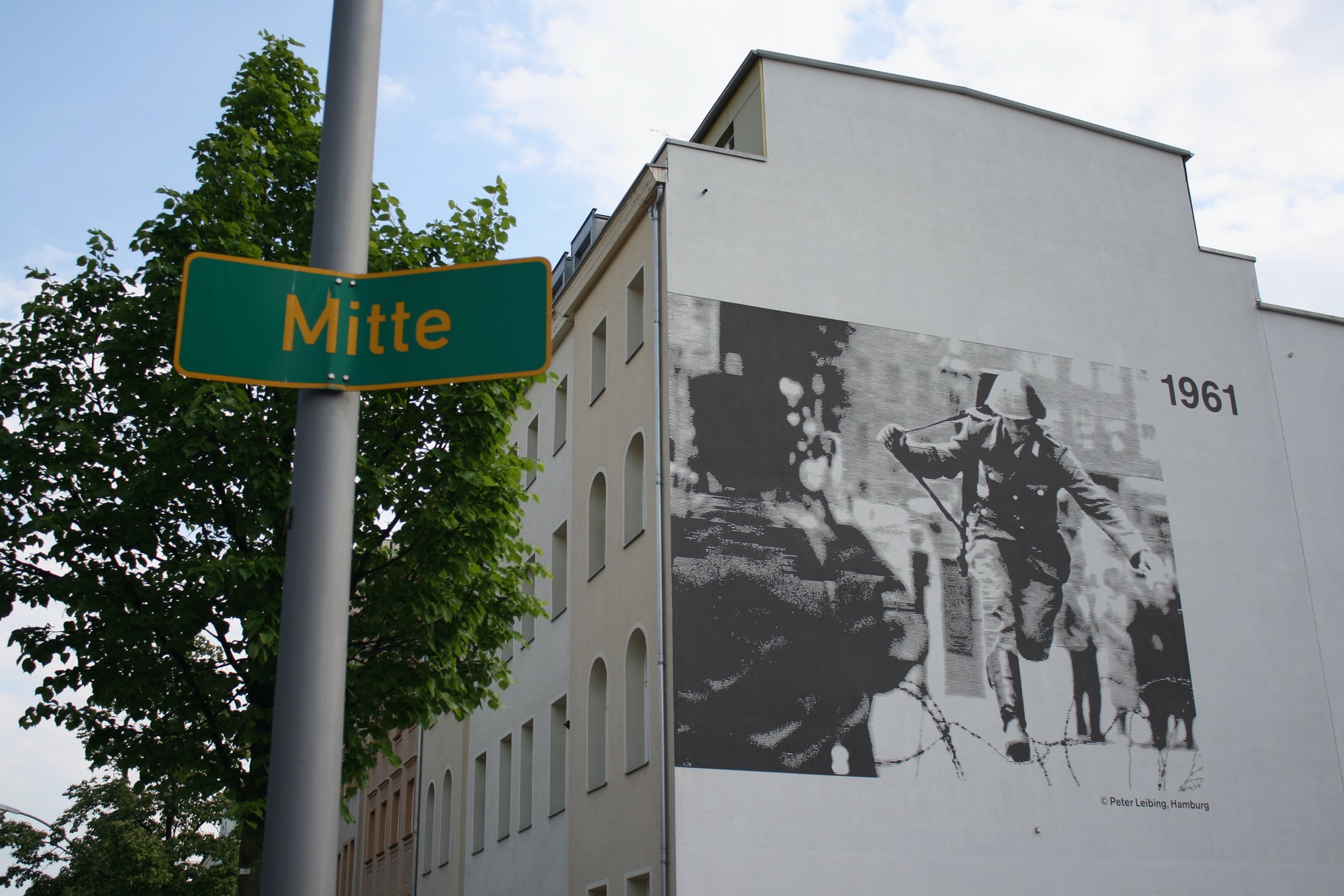
-
Concrete and Barbed Wire
East Germany was an ally of the former USSR. It decided to build the Berlin Wall. The construction started in August 1961. The entire purpose of the wall construction was to stop people from deflections to West Berlin.
Berlin Wall was a 155 kilometers barrier that surrounded West Berlin. It was an enclave within East Germany. Contractors used concrete and wire to construct a sturdy wall.
The concrete panels built were 3.6 meters high and covered 106 kilometers of the Wall. Likewise, they use barbed wires to cover the remaining 49 kilometers of the Berlin Wall.
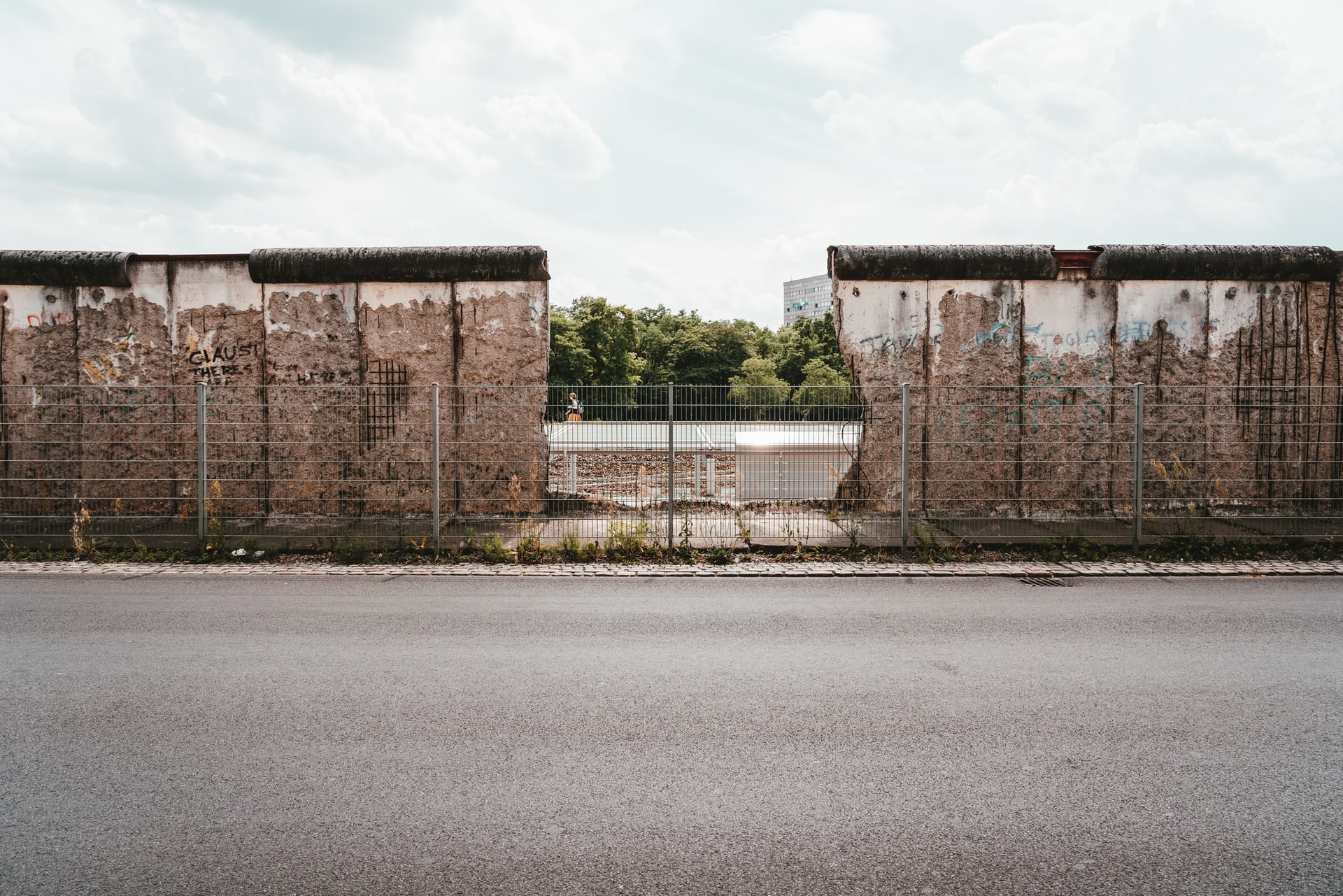
-
Many People Died While Crossing the Wall
Another sorrowful thing about the Berlin Wall is that many people lost their lives while crossing the Wall. Research shows that more than 300 people died while attempting to cross the Wall. Among them, many were young women and men.
The Soviet army captured and killed people who failed to cross the Wall. Some studies show that USSR law enforcement agencies arrested more than 5,000 people. Among them, 138 were shot dead.
Besides, many people died from fatal falls and accidents. Others committed suicide after failing to cross the Wall. Ida Siekmann was the first woman who died after a fall on August 22, 1961.
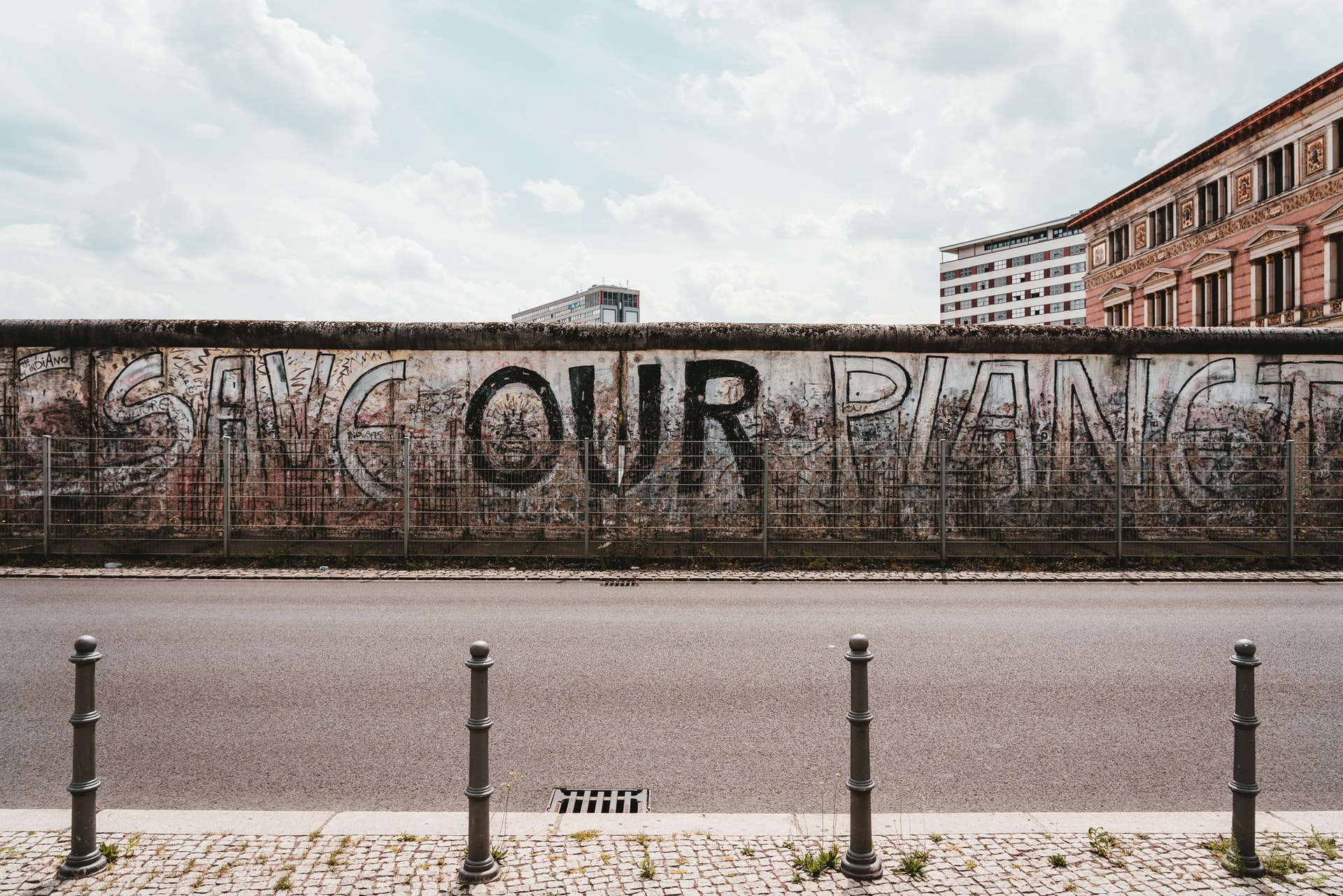
-
East Germany Named it Antifaschistischer Schutzwall
The government of East Germany claimed that it built the Wall to prevent people from getting into West Germany. At the same time, the East German government wanted to keep away western spies and fascists from interfering in Germany.
After the construction of the Berlin Wall, Walter Ulbricht, the East German Leader, said the Wall sealed off the cracks in their houses and closed the holes used by western enemies trying to creep into East Germany.
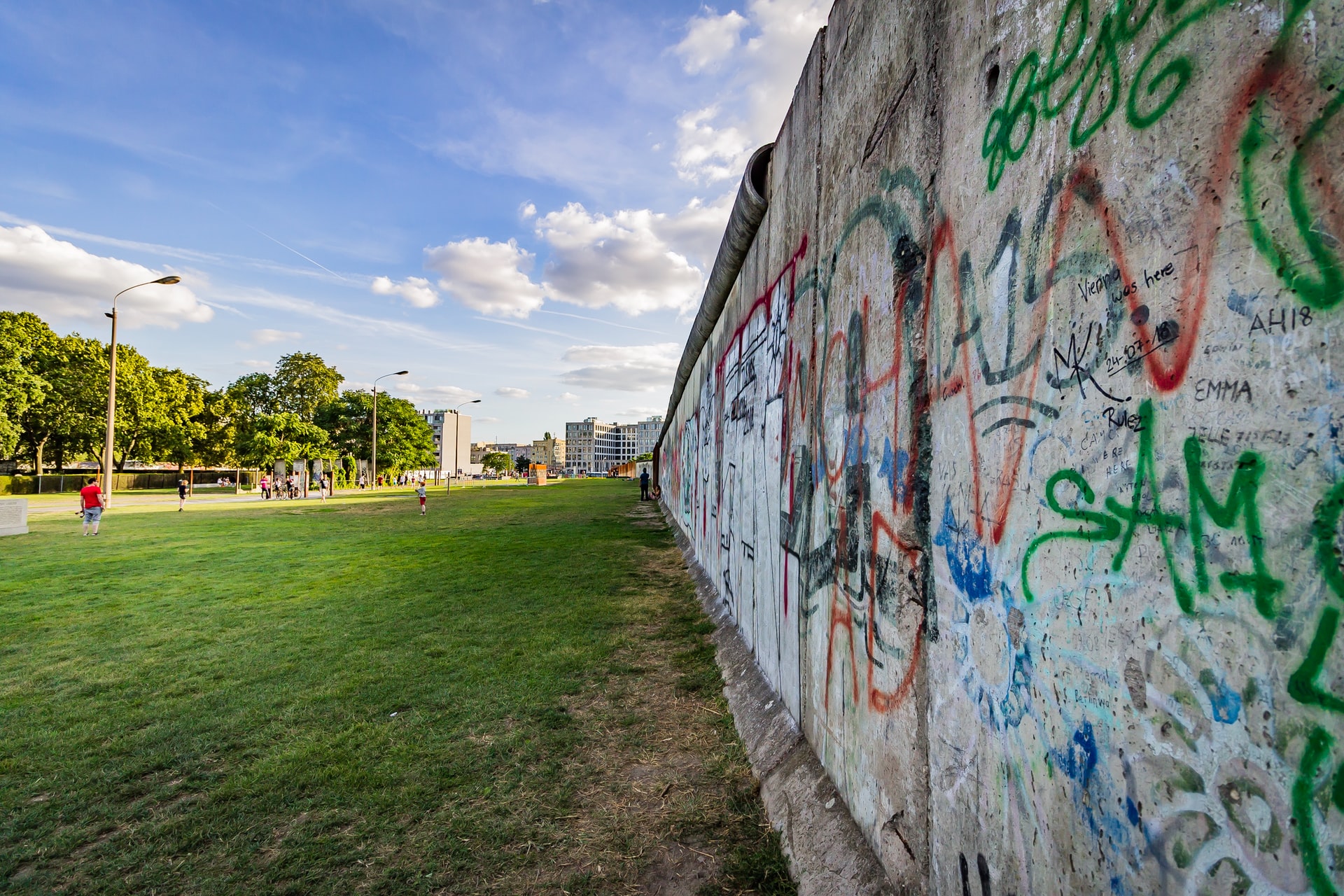
-
Historical Eastside Gallery
The eastside gallery is on the banks of Friedrichshain at 1,316 meters. It is the longest section of the Berlin wall. Many people visit the eastside gallery to explore the original art crafted on the Wall by more than 100 artists.
Some famous artists who worked on the Berlin Wall were Jim Avignon, Thierry Noir, and Dimitrji Vrubel. In addition, Dimitrji Vrubel crafted the renowned “Brotherly Kiss” art. Remember, it is the longest and most visited open-air gallery in Germany.
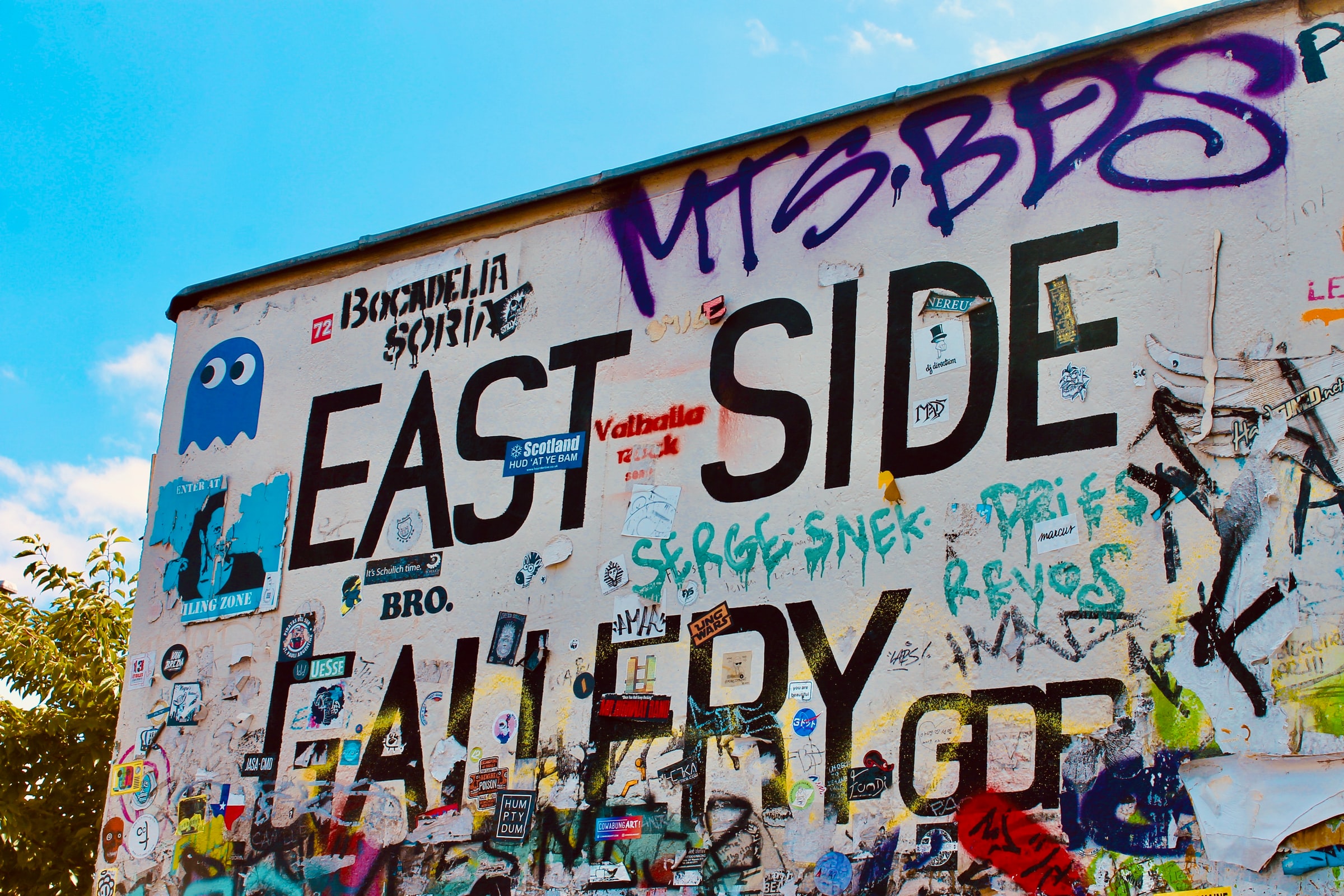
-
Berlin Wall Trail Attracts Bikers
Berlin is a beautiful city with classic and modern architectural buildings and a double row of cobblestone streets that run for more than 5.7 kilometers. However, the Berlin Wall trail attracts cycling and biking enthusiasts from all over the world.
Riding a bike on the 160 kilometers of Berlin Wall trail reminds people of the structure. It also allows them to pass through various memorials and sights, including the historic border crossing. You can also drive through the countryside.
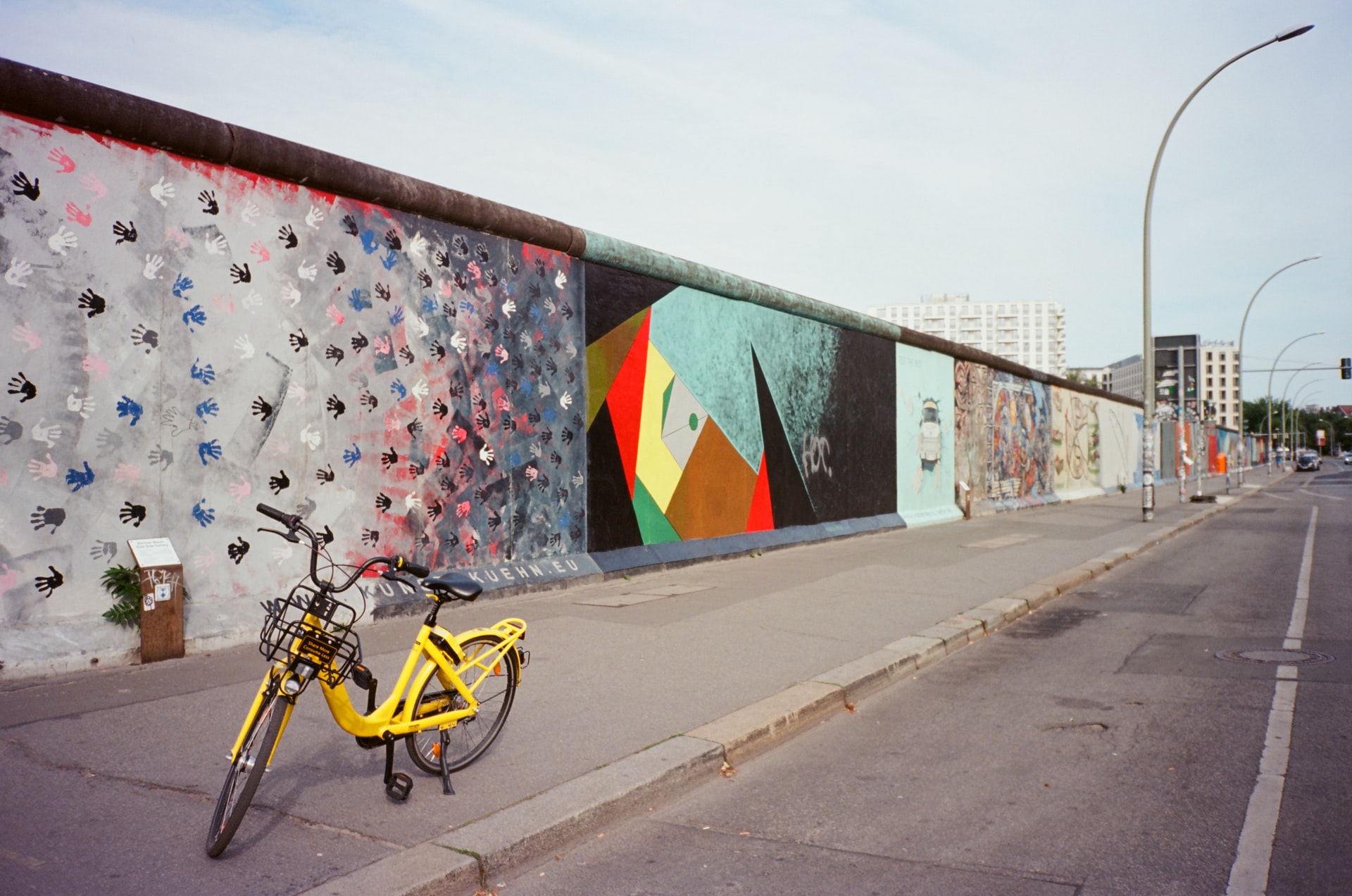
-
Checkpoint Charlie
Berlin Wall had seven crossing points. Checkpoint C, however, was the most famous crossing point. The western troops would call it Checkpoint Charlie. American troops secure this sector in the heart of Berlin.
One of the famous events at Checkpoint Charlie was when Allan Lightner, the U.S diplomat, attempted to cross the checkpoint and visit East Berlin in October 1961. During the diplomat’s attempt to cross the checkpoint and get to East Berlin, the U.S and USSR military personnel confronted each other for several hours.
However, there was no armed conflict. Today, people visit Checkpoint Charlie to revive its history and take photos to create memorable experiences. Checkpoint Charlie was one of seven official checkpoints of the Berlin Wall.
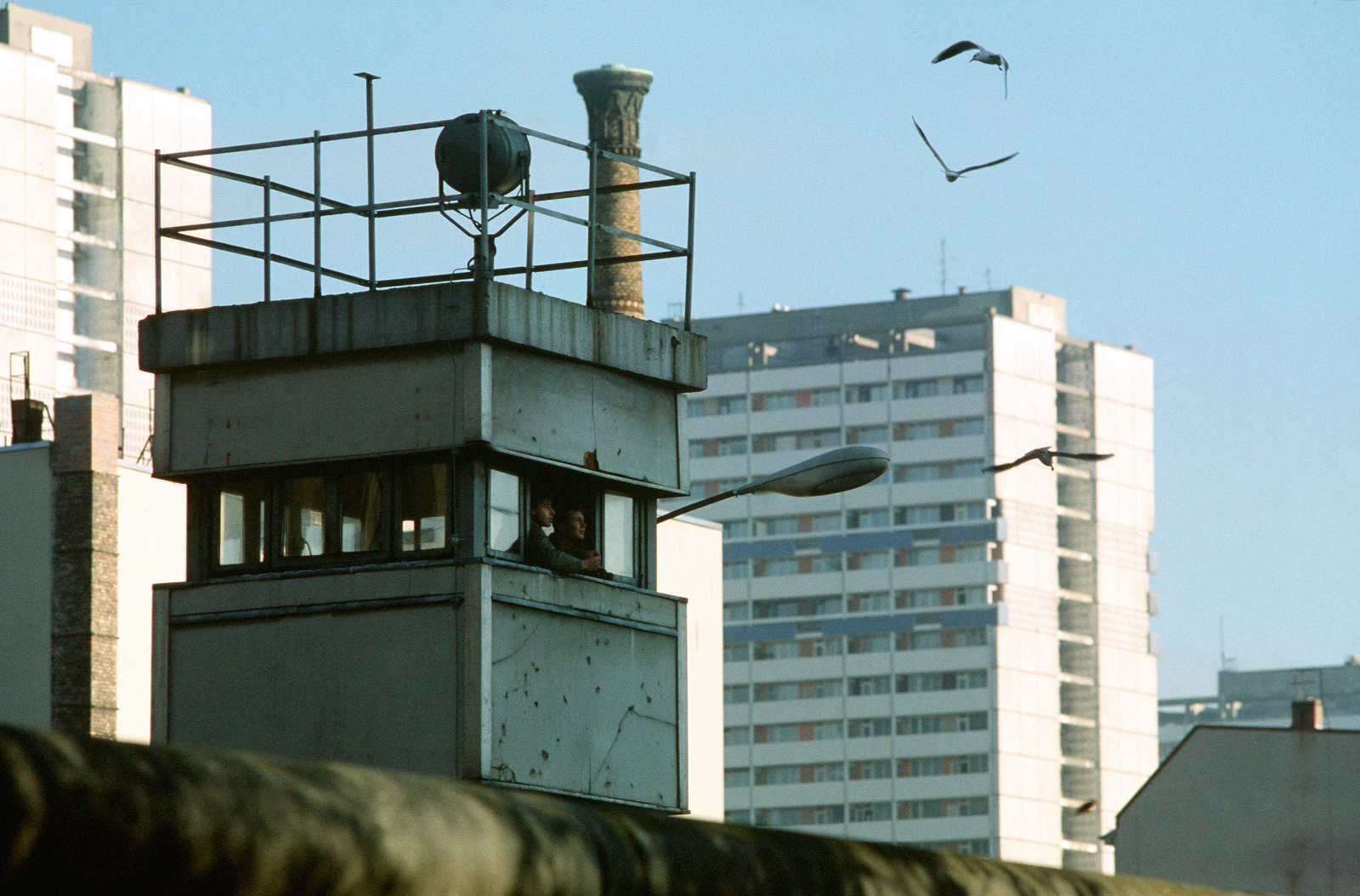
-
The Mauerweg Road
The former USSR army was the main culprit behind house destruction, arresting people, and disinterring bodies from graves to prevent people from escaping to West Berlin, the democratic part of Germany.
The Mauerweg Road is a historic part of the Berlin Wall. It is also known as the death strip because USSR forces had killed many people on it. Today, it is one of the most widely visited areas along the Berlin Wall.
The German government has preserved it for posterity. However, it also has some lush green spaces for visitors. The Mauerweg Road traces the course of the Wall because it encircled the former western city.
-
Cherry Blossoms
Visiting the Berlin wall and walking the path of the Mauerweg in spring is the best experience for tourists. Thanks to the blossoming cherry trees, you will see the most beautiful and picturesque sights in Berlin.
Japan gifted these trees to Berlin in the 1990s. T.V. shows in the 1990s appealed to people to donate money for purchasing cherry blossom trees to celebrate the reunification of east and west into Germany.
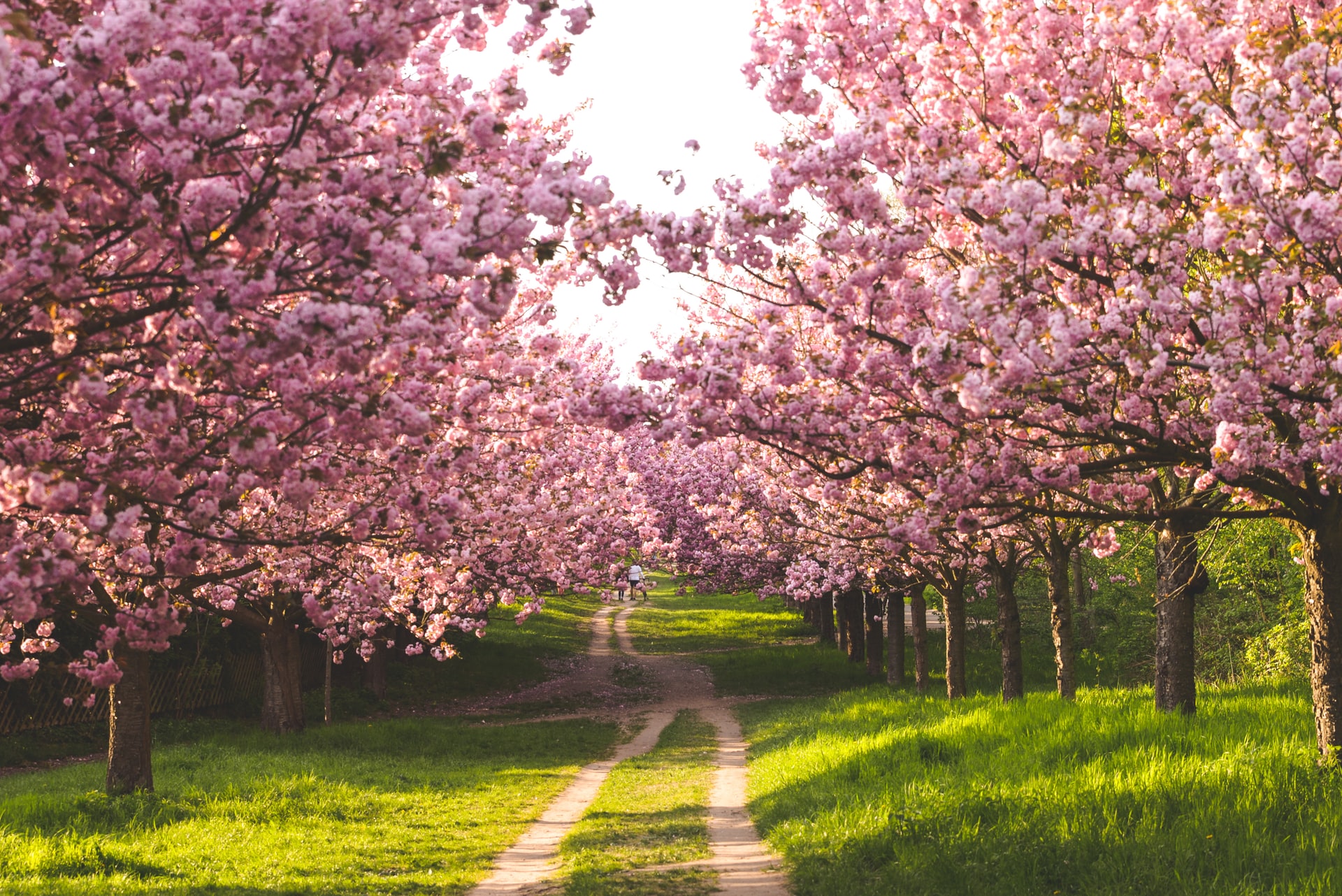
Final Words
There are many reasons to visit the Berlin Wall. These include exploring Berlin Wall history, inspiring the escapes and tragic deaths, purchasing souvenirs, enjoying the beautiful Japanese cherry blossoms, and relishing the artwork.
Use Questo, a cutting-edge app with excellent gamification features, to keep yourself engaged while exploring the Berlin Wall. You can play games and solve clues to explore beautiful places using Questo.